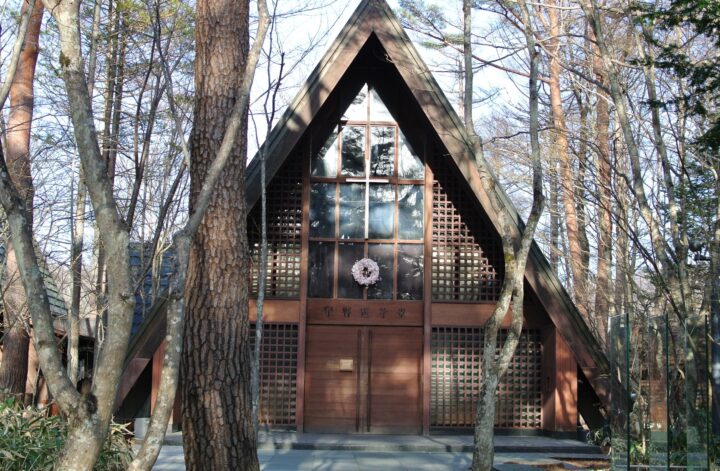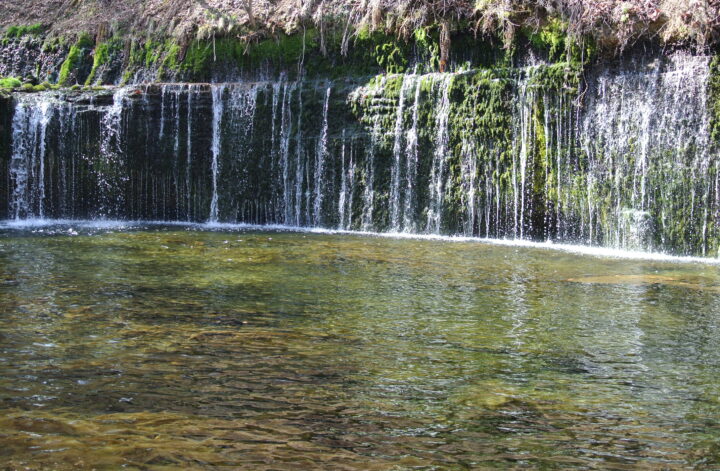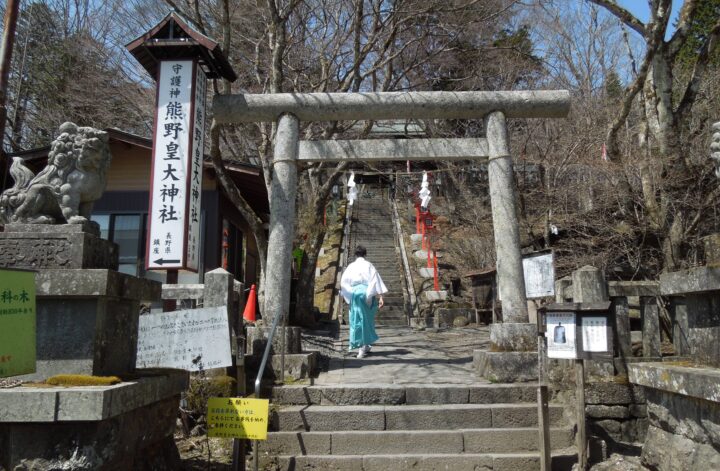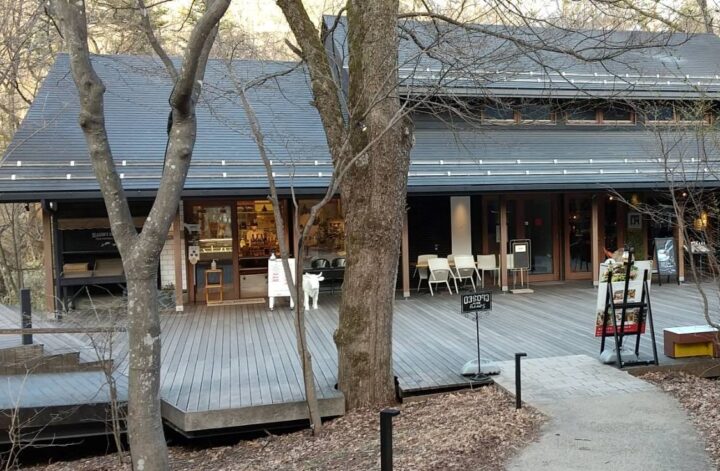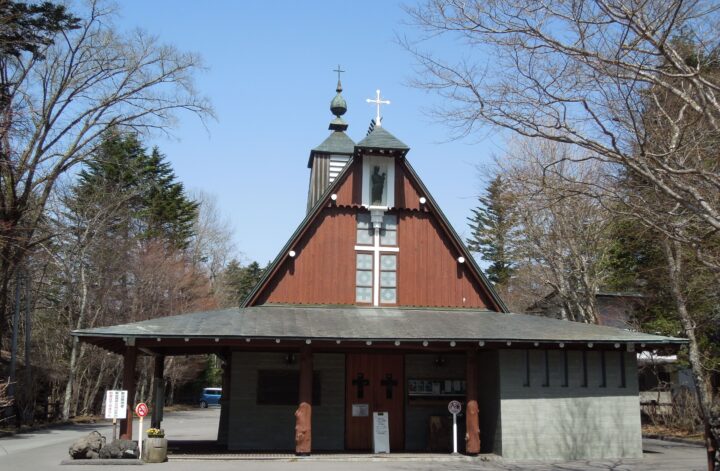I visited two churches in the Hoshino area: Karuizawa Kogen Chu […]
Others
Posted on:
Shiraito Falls
My family visited Shiraito Falls. It was early April, and there […]
Others
Posted on:
Kumanokotai Shrine and Kumano Shrine
The main shrine building is located on the prefectural border, […]
Others
Posted on:
Harunire Terrace
Harunire Terrace is a restaurant and shopping area named after […]
Others / TRAVEL
Posted on:
Karuizawa and St. Paul’s Catholic Church
Karuizawa is a renowned resort place. Situated at an altitude o […]
